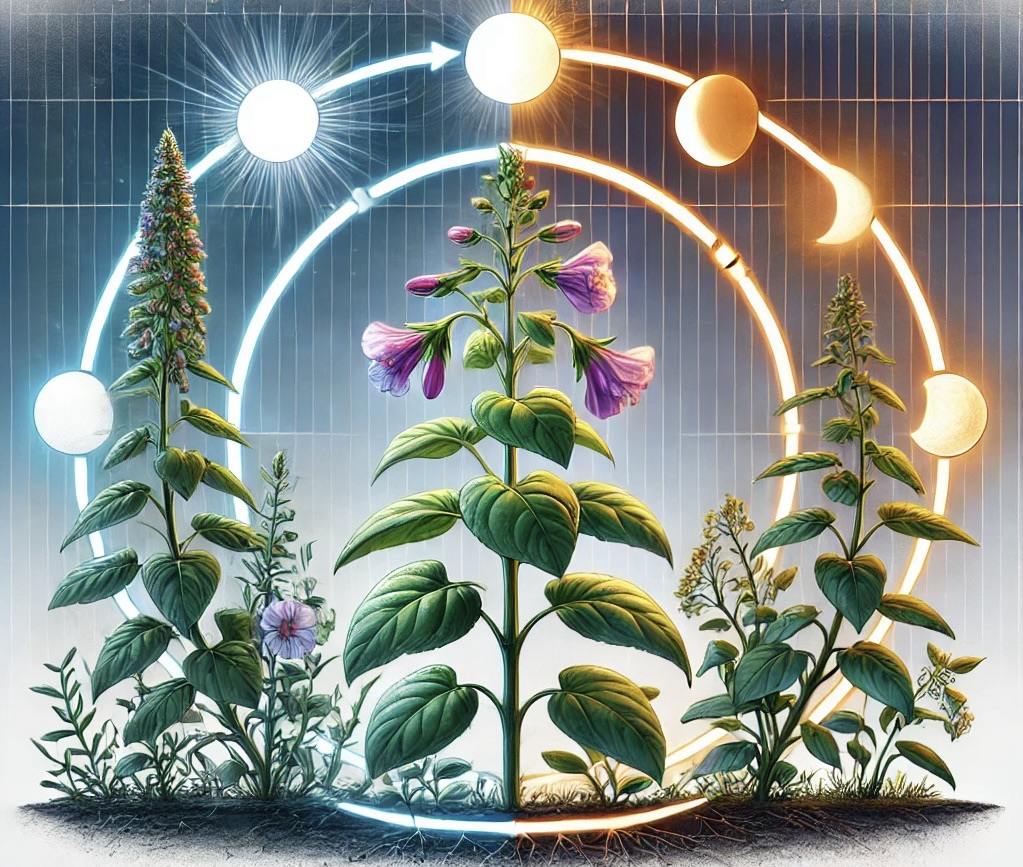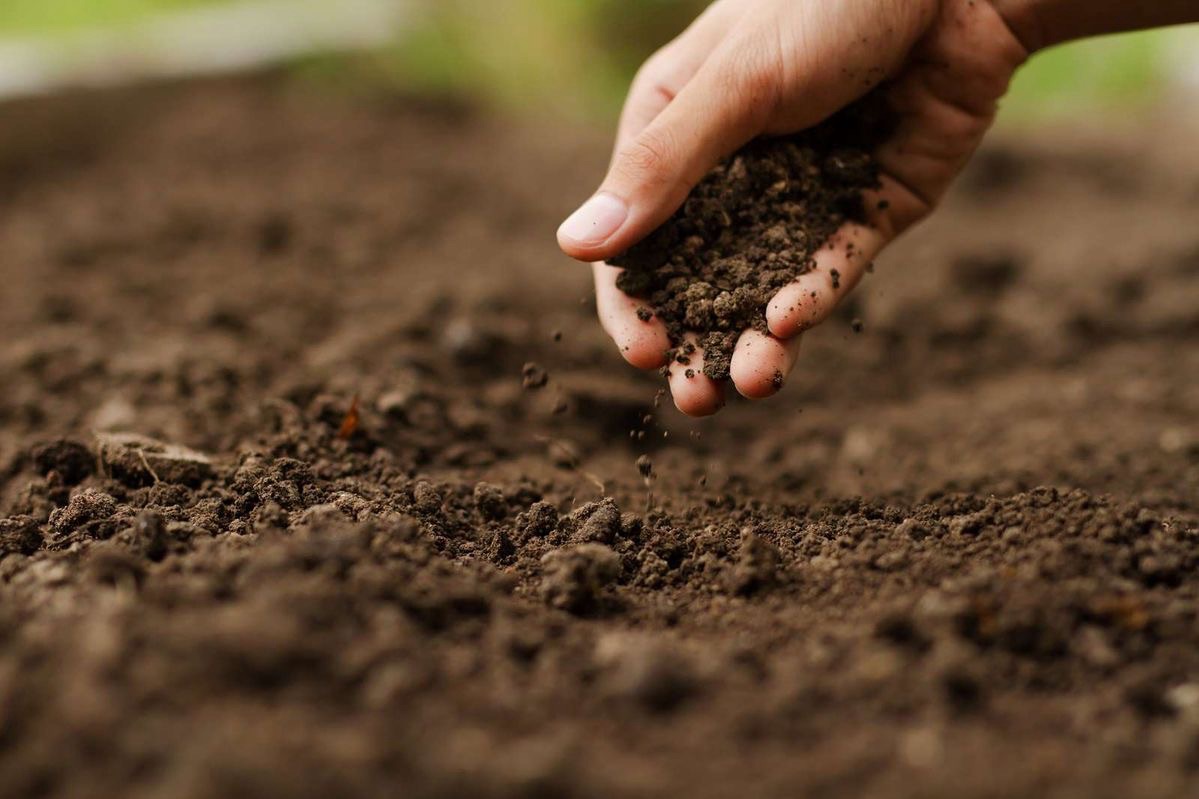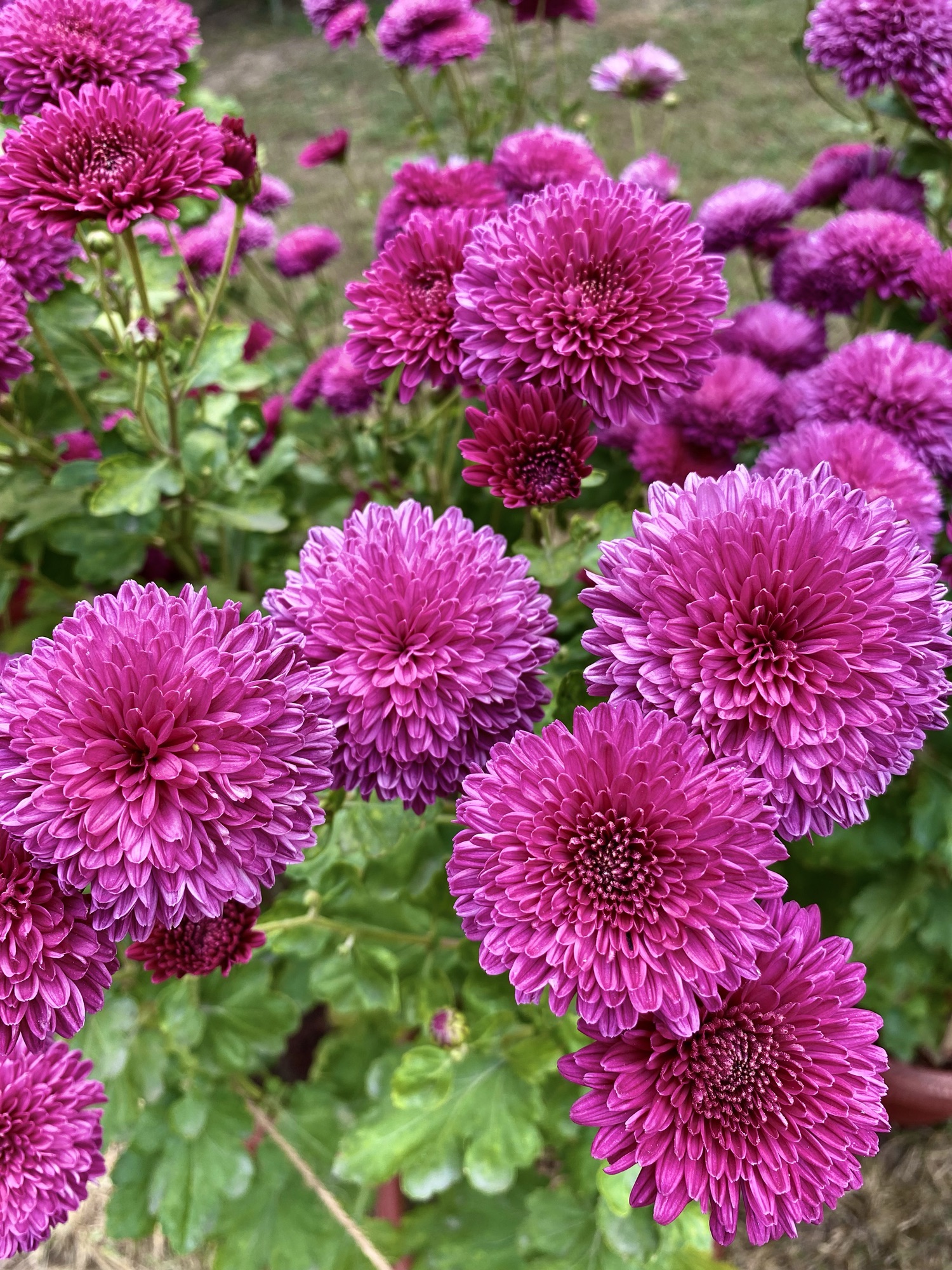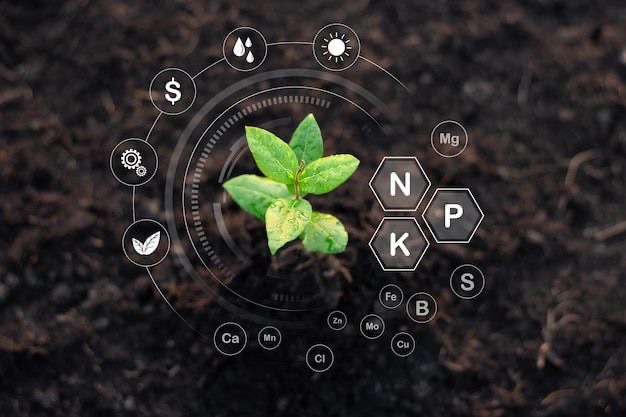Circadian rhythms are fundamental biological processes that regulate the daily activities of living organisms, including plants. These rhythms follow an approximately 24-hour cycle and are influenced by environmental factors such as light and temperature. Plants, like animals, possess an internal biological clock that helps them anticipate and adapt to regular changes in their surroundings. This rhythmic regulation is crucial for optimizing various physiological processes, including photosynthesis, stomatal movement, hormone production, and stress responses. Understanding circadian rhythms in plants is essential not only for advancing plant biology but also for improving agricultural productivity and resilience in changing environmental conditions.
The Mechanism of Circadian Rhythms in Plants
The circadian clock in plants is a self-sustained, endogenous oscillator that continues to function even in the absence of external cues. However, it can be synchronized by environmental signals, particularly light and temperature. The central oscillator of the plant circadian clock consists of interconnected feedback loops involving genes and proteins that regulate rhythmic expression patterns.
At the core of the plant’s circadian clock are key transcriptional regulators such as LATE ELONGATED HYPOCOTYL (LHY), CIRCADIAN CLOCK ASSOCIATED 1 (CCA1), and TIMING OF CAB EXPRESSION 1 (TOC1). LHY and CCA1 are expressed in the morning and inhibit the expression of TOC1, while TOC1 accumulates in the evening and represses LHY and CCA1, thus forming a negative feedback loop. Additional clock components such as PSEUDO-RESPONSE REGULATORS (PRRs) and GIGANTEA (GI) help maintain the robustness and precision of the oscillatory system.
The circadian clock is entrained by light signals perceived through photoreceptors such as phytochromes and cryptochromes. Phytochromes (PhyA, PhyB) detect red and far-red light, while cryptochromes (Cry1, Cry2) respond to blue light. These photoreceptors relay information about light intensity and duration to the circadian system, aligning internal rhythms with the external day-night cycle. Temperature fluctuations also serve as an important cue for resetting the circadian clock, ensuring that plants remain synchronized with seasonal variations.
Roles of Circadian Rhythms in Plant Physiology
Circadian rhythms influence a wide range of physiological and developmental processes in plants. One of the most crucial functions of the circadian clock is optimizing photosynthesis. The efficiency of photosynthetic machinery is enhanced by aligning light-harvesting processes with the day-night cycle. Many photosynthetic genes, including those involved in chlorophyll biosynthesis and carbon fixation, show circadian regulation. By anticipating sunrise, plants can activate their photosynthetic apparatus in advance, maximizing energy capture and growth.
Stomatal opening and closing are also under circadian control. Stomata are microscopic pores on the leaf surface that regulate gas exchange and water loss. The timing of stomatal movement is coordinated with the availability of light and humidity fluctuations. By opening during daylight hours and closing at night, plants optimize carbon dioxide uptake for photosynthesis while minimizing water loss through transpiration.
The circadian clock also plays a critical role in the regulation of hormone production and signaling. Plant hormones such as auxins, gibberellins, abscisic acid (ABA), and jasmonic acid exhibit rhythmic expression patterns. For instance, ABA, which controls drought response by closing stomata, follows a circadian rhythm to ensure that water conservation mechanisms are active at the most appropriate times. Similarly, jasmonic acid, which is involved in defense against herbivores and pathogens, is produced in a rhythmic manner to enhance plant immunity at the most vulnerable times of the day.
Flowering time is another crucial aspect regulated by circadian rhythms. The transition from vegetative to reproductive growth in plants is controlled by the florigen pathway, in which the FLOWERING LOCUS T (FT) gene plays a central role. FT expression is regulated by the circadian clock and light perception via CONSTANS (CO), a clock-regulated transcription factor. Long-day and short-day plants rely on this mechanism to ensure that flowering occurs at the right season for successful reproduction.
Circadian rhythms also contribute to stress tolerance in plants. Abiotic stresses such as drought, salinity, and temperature extremes trigger the activation of defense mechanisms that are often linked to the circadian clock. For example, stress-responsive genes show diurnal patterns of expression, enabling plants to mount preemptive responses before adverse conditions peak. The circadian regulation of stress responses enhances plant survival and adaptation in fluctuating environments.
Agricultural and Ecological Implications of Plant Circadian Rhythms
The study of circadian rhythms in plants has significant implications for agriculture and crop improvement. Understanding how the internal clock regulates growth, metabolism, and stress responses can help scientists develop strategies to enhance crop productivity and resilience. For instance, breeding crops with optimized circadian rhythms can improve photosynthetic efficiency, increase yield, and reduce water loss.
Circadian rhythms also play a role in plant-microbe interactions, influencing how plants respond to beneficial and harmful microorganisms. The timing of defense responses against pathogens follows a circadian pattern, suggesting that crops could be genetically engineered to enhance disease resistance during specific times of the day.
In a broader ecological context, circadian rhythms influence plant-pollinator interactions. Many flowering plants synchronize their nectar production and floral opening with the active periods of their pollinators, such as bees and butterflies. Disruptions in circadian regulation due to environmental changes, such as artificial lighting or climate change, can interfere with these interactions, potentially affecting pollination success and ecosystem stability.
Challenges and Future Perspectives
Despite significant advancements in understanding plant circadian rhythms, several challenges remain. The complexity of the circadian network, with multiple interdependent feedback loops, makes it difficult to predict how plants will respond to changes in environmental conditions. Additionally, different species exhibit variations in circadian clock mechanisms, requiring species-specific studies to optimize agricultural applications.
Future research aims to integrate circadian biology with emerging fields such as synthetic biology and gene editing. Tools like CRISPR-Cas9 could allow scientists to fine-tune clock genes for improved crop performance under diverse climatic conditions. Additionally, advances in computational modeling could help predict how circadian rhythms influence plant growth and productivity in varying environmental scenarios.
Conclusion
Circadian rhythms are vital regulators of plant physiology, controlling key processes such as photosynthesis, hormone signaling, flowering, and stress responses. The synchronization of internal biological clocks with external environmental cues allows plants to optimize growth and survival. Understanding these rhythms is essential for improving agricultural productivity, enhancing stress tolerance, and maintaining ecological balance. As research continues to uncover the complexities of circadian regulation, new opportunities will arise for developing resilient crops and sustainable farming practices in the face of global climate challenges.
References
1. Harmer, S. L. (2009). The circadian system in higher plants. Annual Review of Plant Biology, 60, 357–377. https://doi.org/10.1146/annurev.arplant.043008.092054
2. McClung, C. R. (2013). Beyond Arabidopsis: The circadian clock in non-model plant species. Seminars in Cell & Developmental Biology, 24(5), 430–436. https://doi.org/10.1016/j.semcdb.2013.02.004
3. Greenham, K., & McClung, C. R. (2015). Integrating circadian dynamics with physiological processes in plants. Nature Reviews Genetics, 16(10), 598–610. https://doi.org/10.1038/nrg4035
4. Hsu, P. Y., & Harmer, S. L. (2014). Wheels within wheels: The plant circadian system. Trends in Plant Science, 19(4), 240–249. https://doi.org/10.1016/j.tplants.2013.11.007
5. Bendix, C., Marshall, C. M., & Harmon, F. G. (2015). Circadian clock genes universally control key agricultural traits. Molecular Plant, 8(8), 1135–1152. https://doi.org/10.1016/j.molp.2015.03.003
6. Inoue, K., Araki, T., & Endo, M. (2018). Circadian clock and photoperiodic flowering in Arabidopsis: The function of the ELF4-ELF3-LUX complex. Plant & Cell Physiology, 59(3), 488–495. https://doi.org/10.1093/pcp/pcy020
7. Hernández-García, J., & Figueroa, C. M. (2021). Circadian control of photosynthesis and growth in plants. Plants, 10(11), 2444. https://doi.org/10.3390/plants10112444
8. Nohales, M. A., & Kay, S. A. (2016). Molecular mechanisms at the core of the plant circadian oscillator. Nature Structural & Molecular Biology, 23(12), 1061–1069. https://doi.org/10.1038/nsmb.3327










